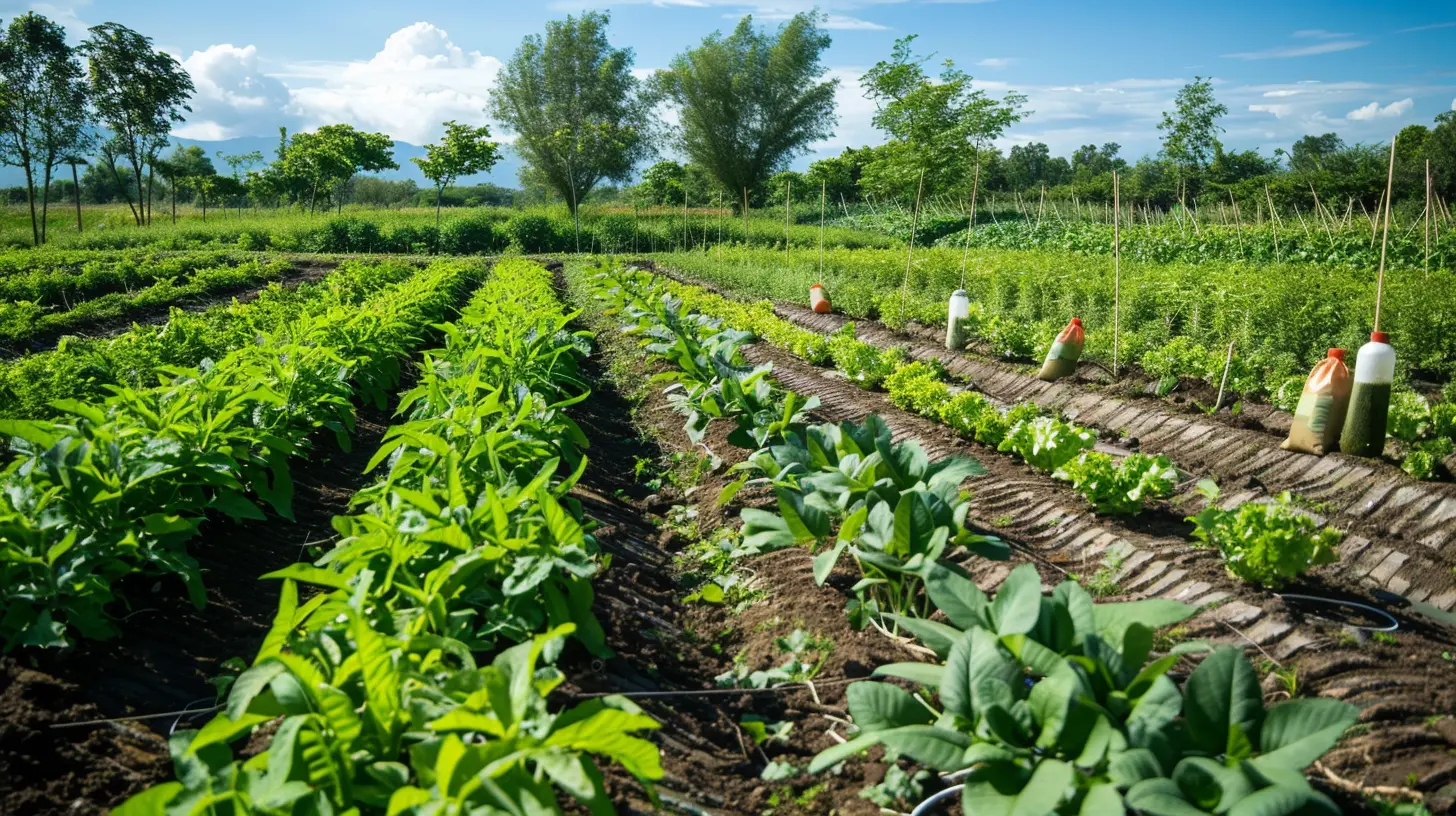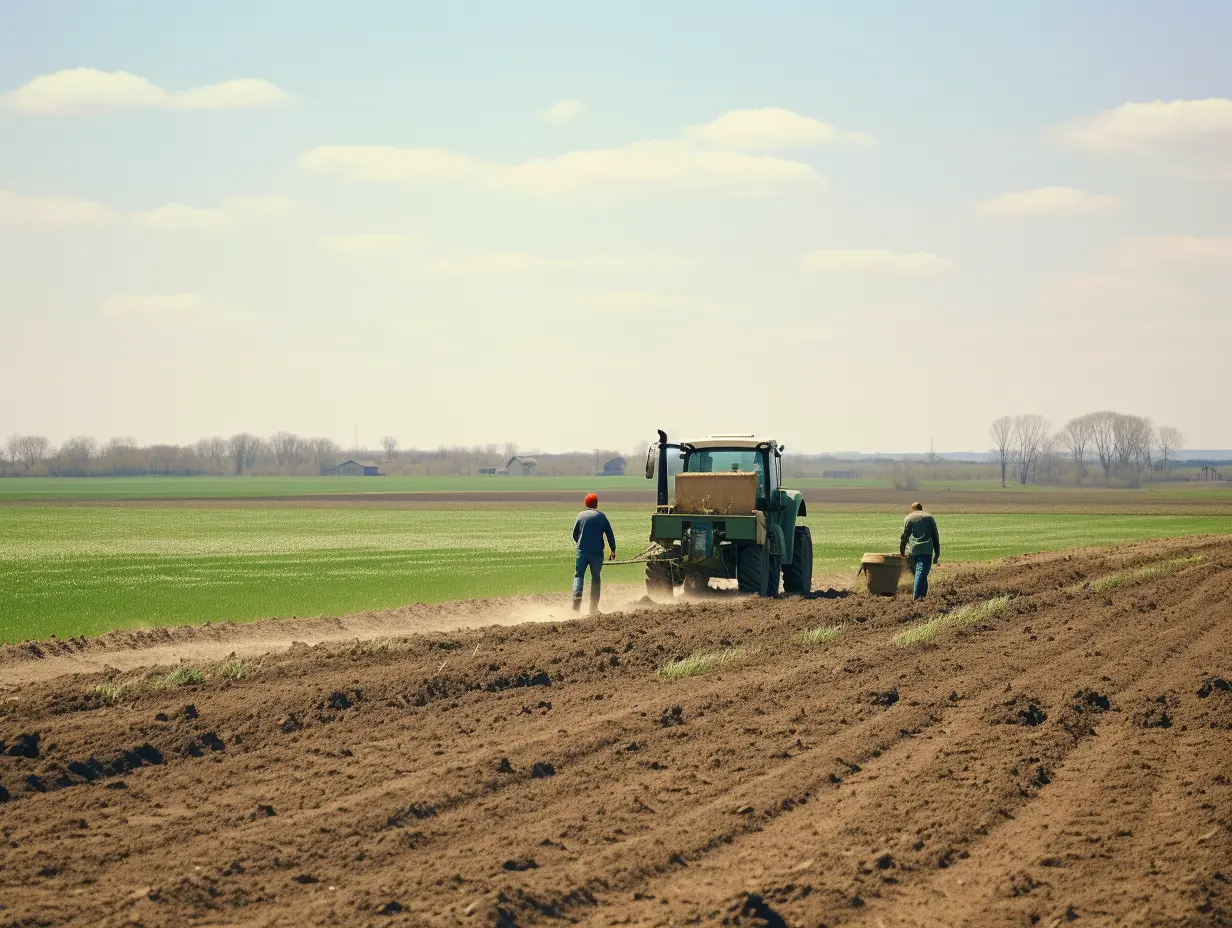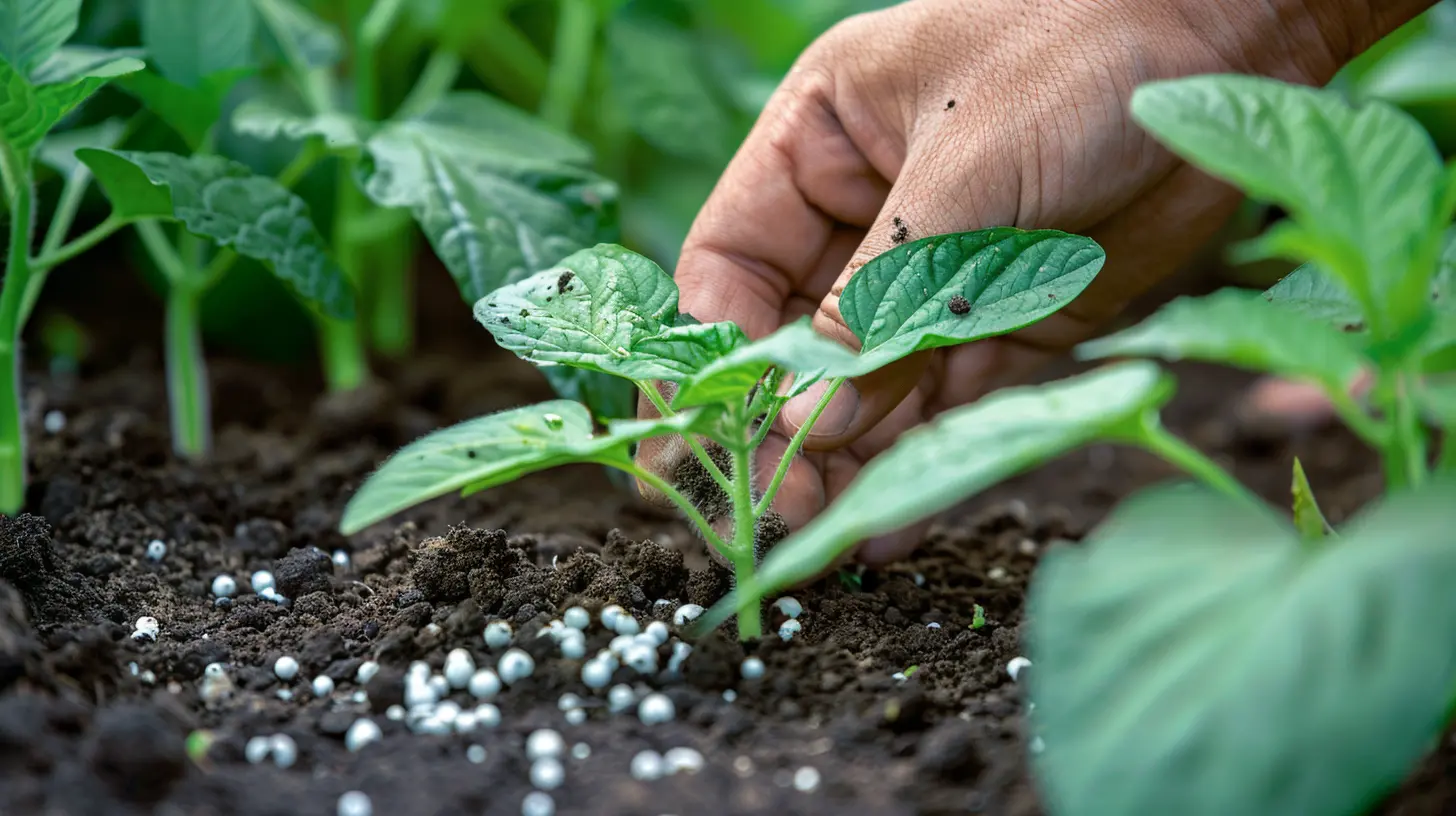The superphosphate market plays a critical role in the agricultural sector, serving as an essential source of phosphorous, one of the key nutrients necessary for plant growth. Understanding market trends in superphosphate is vital for stakeholders to make informed decisions regarding production and investment.

The demand for superphosphate fertilizers has seen a steady increase due to an expanding global agricultural sector. A significant driver of this demand is the necessity for higher crop yields to meet the needs of a growing population. As the agriculture industry looks to innovative solutions, superphosphate remains a staple for enhancing soil fertility.
In recent years, the superphosphate market has been influenced by several factors: environmental regulations, advancements in farming technologies, and fluctuations in raw material prices. Countries with large agricultural outputs, such as the USA, Brazil, and China, are key players in the superphosphate market.

Technological advancements in the production process of superphosphate are transforming the industry. Enhanced production methods not only improve the efficiency of phosphorus extraction but also reduce environmental impact. Innovations such as precision agriculture are enabling farmers to apply fertilizers more effectively, thus driving demand for higher-quality superphosphate products.
Looking ahead, the superphosphate market is poised for growth as global agricultural demands continue to rise. Sustainable practices are expected to gain traction, prompting manufacturers to adapt their products in response to increasing environmental concerns. This shift will likely create opportunities for new entrants in the phosphate industry who can provide innovative, eco-friendly solutions.

In summary, the superphosphate market is vital for supporting the agricultural sector’s growth. By staying aware of market trends and innovations, stakeholders can better position themselves to respond to changes in demand and contribute to the sustainable advancement of agriculture.
